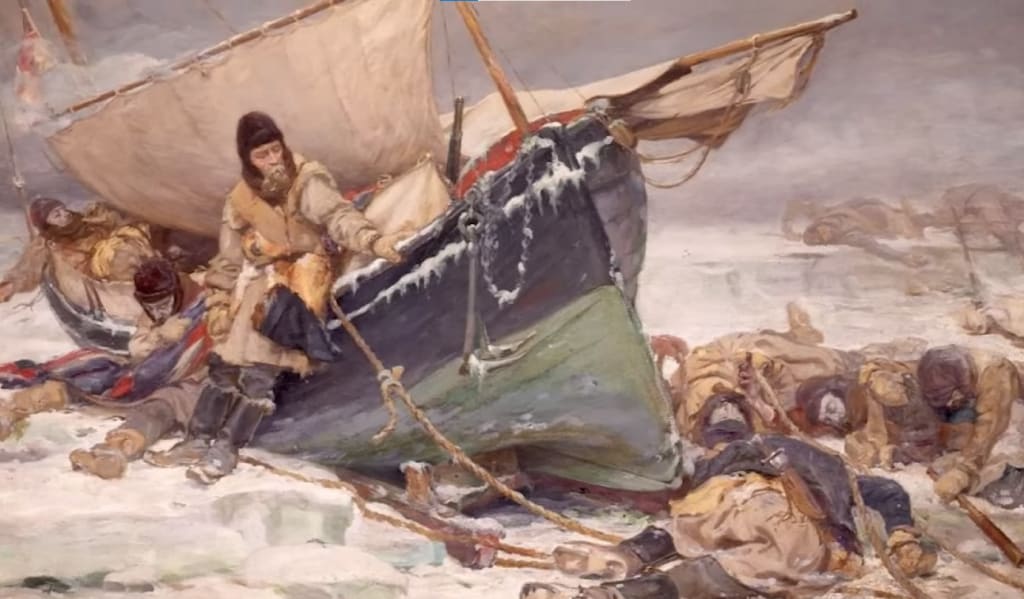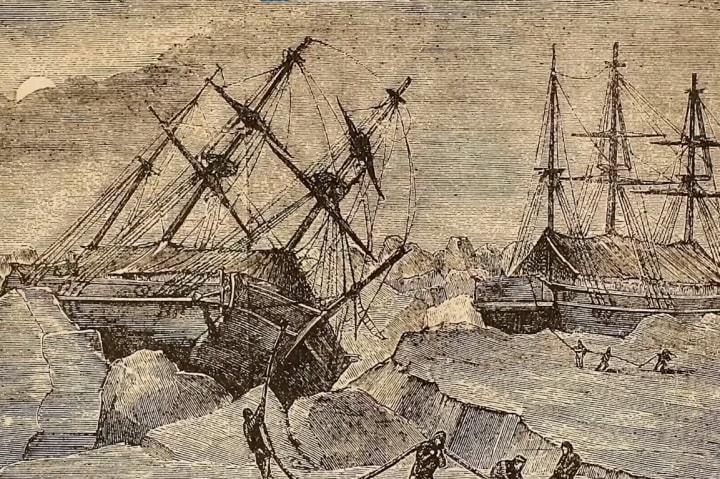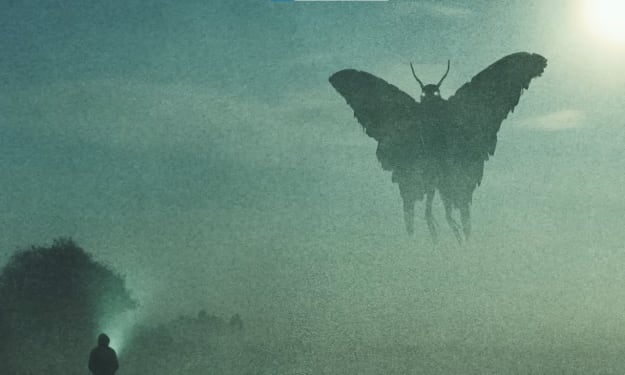"The Real Story Behind The ill-Fated Franklin Expedition..."
"The mysterious disappearance of the Franklin day trip."

Countless tales of maritime expeditions resulted in catastrophic injury, death, or the mysterious disappearances of those on board. Historical explorations are riddled with terrifying accounts that were recorded at the time or understood decades, sometimes centuries, later. The Franklin Expedition of 1845 to 48 is considered to be one of the most shocking and curious sea journeys to have ever taken place and is the topic of today's investigation.
Led by Sir John Franklin, the purpose of the campaign was to locate the elusive Northwest Passage through the vast sea lines of Canada and to document magnetic data in order to aid sailors with navigational support. However, the adventure culminated in what many consider to be the most disastrous polar exploration ever recorded, with all 129 crew members and officers of the HMS Erebus and HMS Terror dying under very strange circumstances.
Not only was the vanishing of these warships mysterious in nature, but the investigation, rescue missions, and examination into their whereabouts would take a further 170 years to finally be solved. The British Navy dispatched numerous ships and made a massive effort to hunt down the explorers, but these attempts were in vain as only a few bodies and traces of information were found.
When the boats and bodies of the doomed expedition were finally found, the investigation opened up a terrifying discovery. What exactly happened during the Franklin Expedition during those ill-fated 3 years? What was the official purpose and reason for venturing into such uncharted territory, and what fate awaited those brave souls who dared to battle the rough seas of Canada to find the Great Northwest Passage?
Background
As with any story, there is a beginning, middle, and end. Therefore, we must go back to the beginning itself before the HMS Erebus and Terror set sail in order to ascertain the logic, reasoning, and purpose of their journey.
During the 15th and 16th centuries, Western explorers made various attempts at chartering a commercial sea route around the American land barrier that was originally experienced by the ultimate explorer and navigator, Christopher Columbus. The Northwest Passage was first verified and sought after ever since the Greek geographer Tommy identified the inlet, which was situated geographically between the Pacific and Atlantic Oceans.
The aim of businessmen, sailors, and their crew members was to establish a maritime trade lane between Europe and East Asia, and so the chase was on. Famed explorers such as Jac Cartier, Sir Francis Drake, Sir Martin Frobisher, and Sir Humphrey Gilbert failed in their attempts at conquering the elements, the latter drowning during his own attempt in 1583. However, these tragic and disappointing expeditions assisted in gaining knowledge and assorting a navigational blueprint of the Arctic Passage and surrounding regions, thus providing future explorers a better chance of locating it.

Franklin and the Expedition
The expedition itself was extremely tempting to those interested and was assumed to be a worthwhile venture, which had a high expectation of being successful. Step forward 59-year-old Captain Sir John Franklin, born April 16th, 1786, in the market town of Spilsby, situated in Lincolnshire, England.
The admiral was well respected in maritime circles, having entered the Royal Navy at age 14. His voyage to Australia was significant alongside Captain Matthew Flinders, the great British navigator and cartographer. Both men were able to circumnavigate the region originally called New Holland from 1801 to 1803.
From there, Franklin would serve in the battles of Trafalgar and New Orleans before taking command of the Trent on Captain David Pin's Arctic Expedition in 1818. In an attempt to reach the North Pole, Franklin explored areas of the Arctic Ocean on several occasions between 1819 and 1827 before being knighted in 1829 and serving as governor of Van Diemen's Land (now Tasmania) from 1836 to 1843.
It was safe to say that Captain Franklin was well-equipped to command the expedition to the Northwest Passage. He was contacted by the Second Secretary of the Admiralty, Sir John Barrow, in 1845 with the proposal. Barrow himself had an extensive resume and had been searching for the elusive passage for more than 40 years. Luckily for Franklin, the secretary's experience in mapping the area was prosperous and crucial to the expedition. As well as the captain's decision to accept the proposal, accompanied by senior officers Francis Crozier and James Fitz James, the men decided to take on the challenge.
Ensuring that the ships were strengthened with additional layers of iron and wood within the bows and fitted with steam engines to support the heating and water systems, both vessels were seemingly prepared to cope with the harsh conditions. Pigs, hens, canned soup, and vegetables were also packed within the structures of the Erebus and Terror to feed the crew for approximately 3 years, with a further 32,000 preserved meat.
Despite the meticulous preparations and experienced crew, the expedition was doomed to fail. The fate of the crew and the ships would be a mystery for over a century before any answers were finally uncovered. The Franklin Expedition remains a cautionary tale for all those venturing into uncharted territory, reminding us of the dangers and risks that come with exploration.
About the Creator
Abdul Hannan Saif
Blogger | Writer | Explorer | wish to inspire, inform and help others to see fascinating discoveries and live a fulfilled life!






Comments
There are no comments for this story
Be the first to respond and start the conversation.